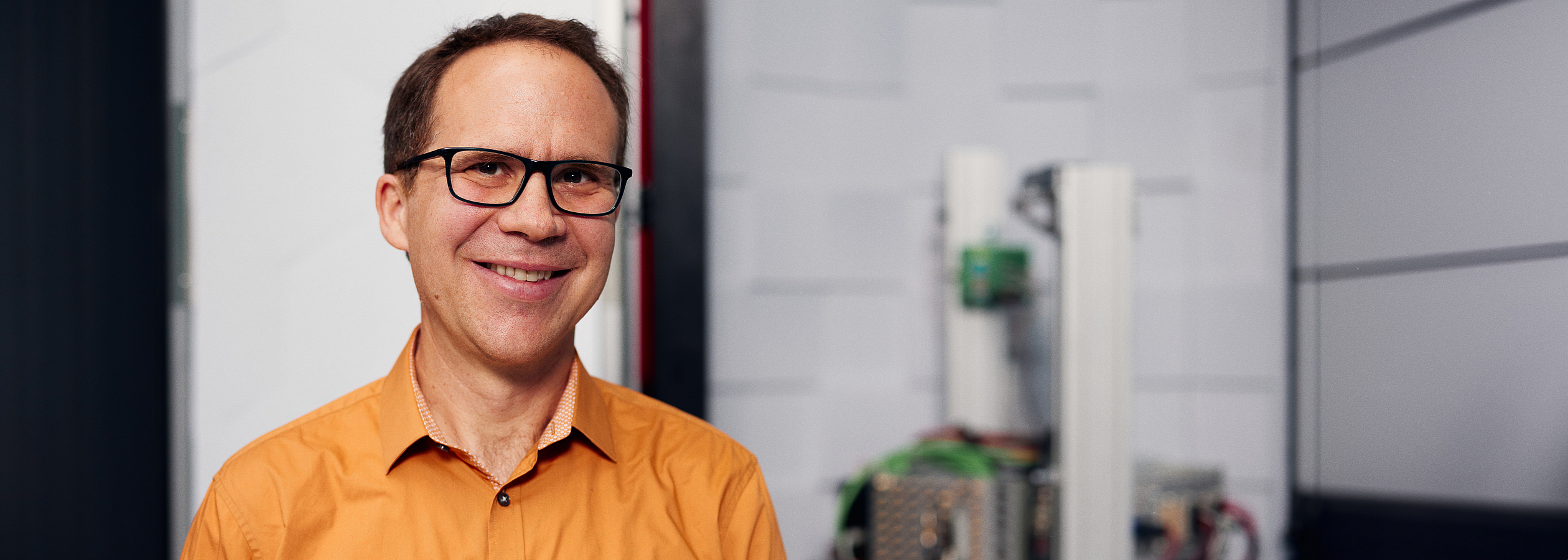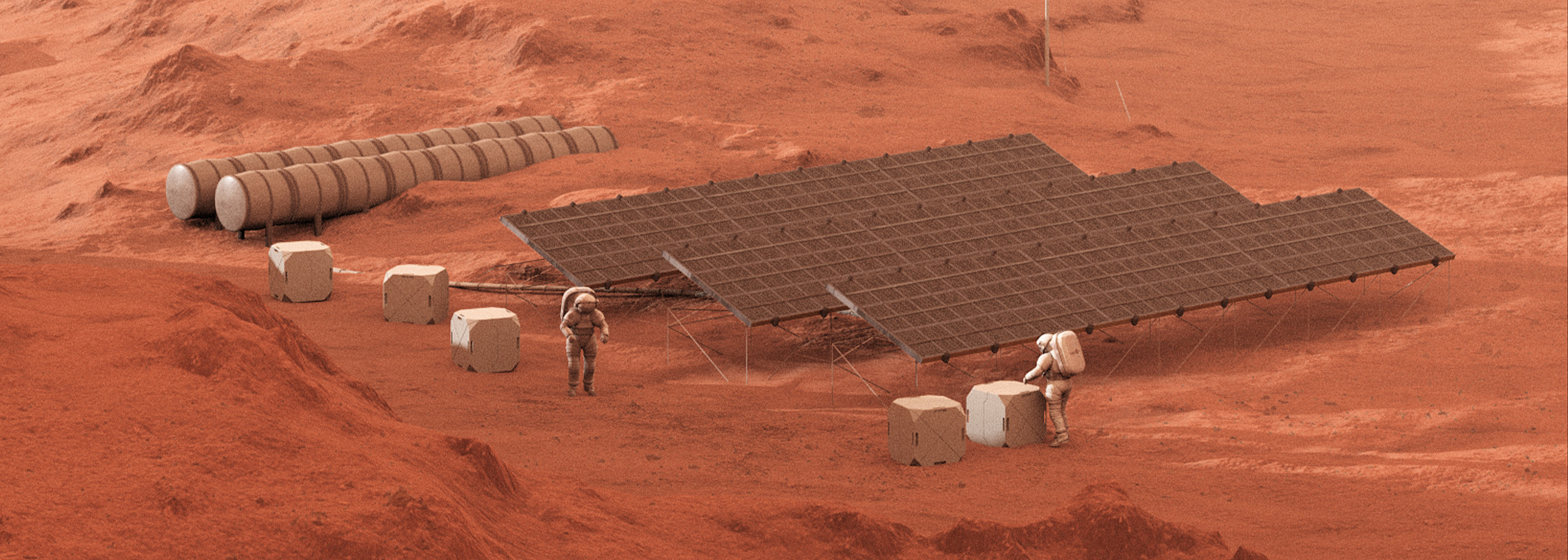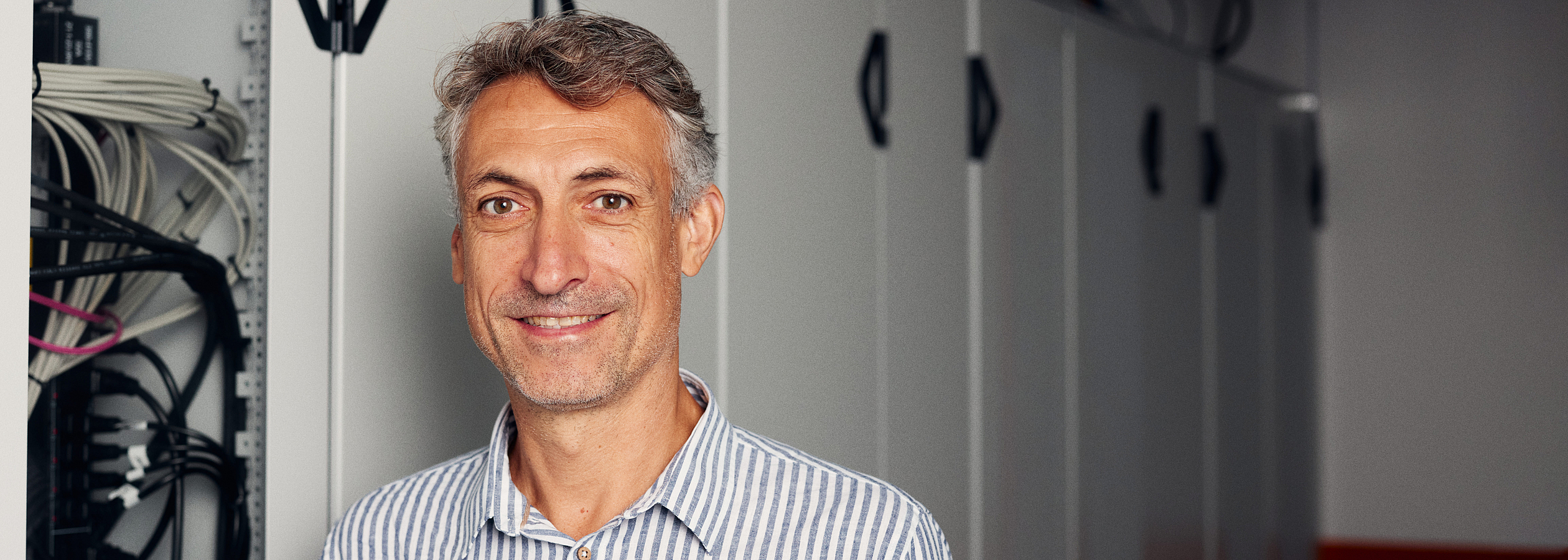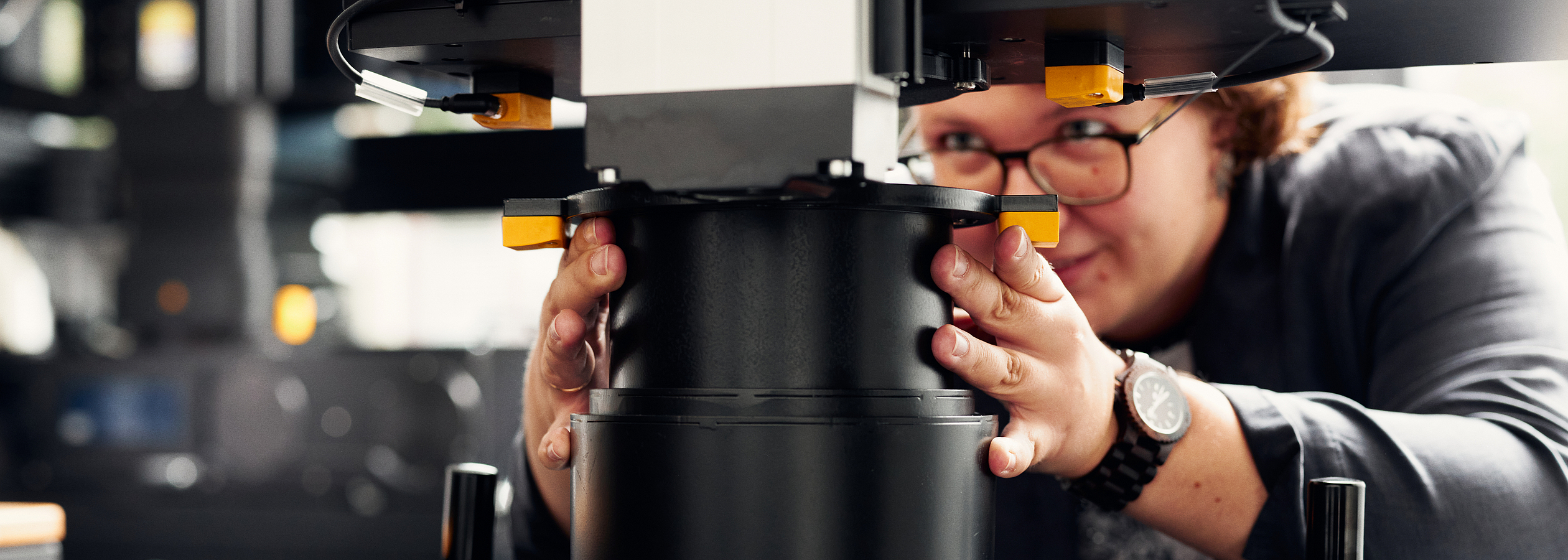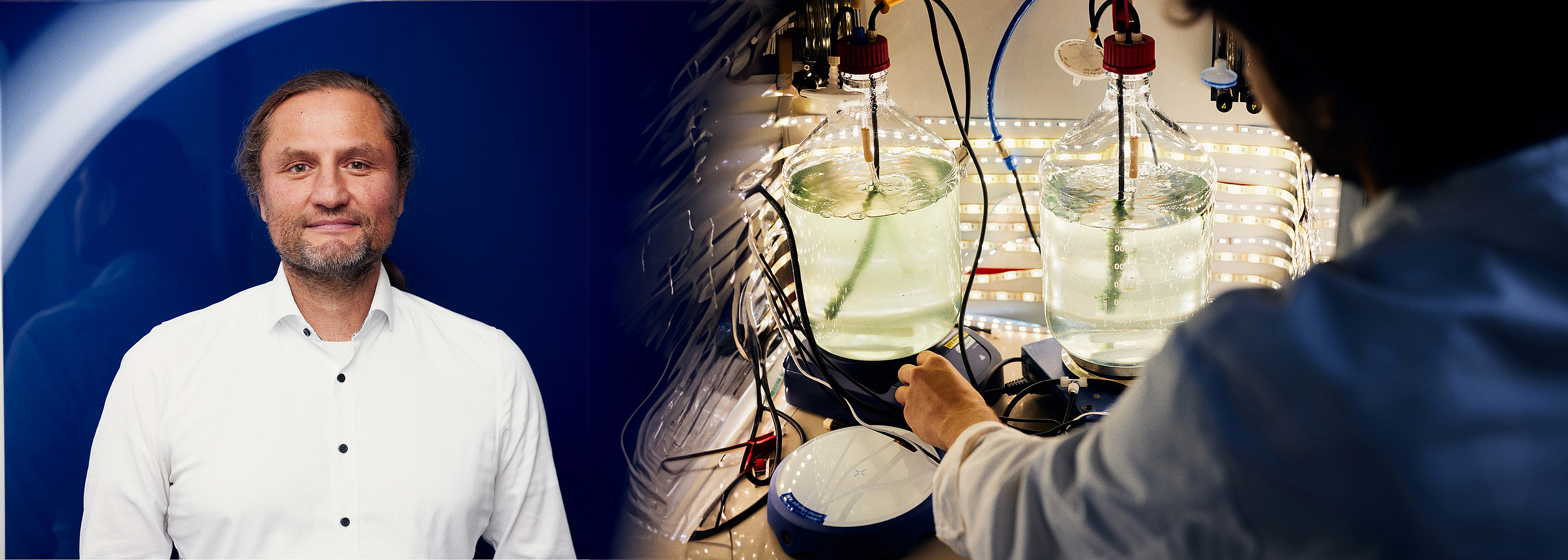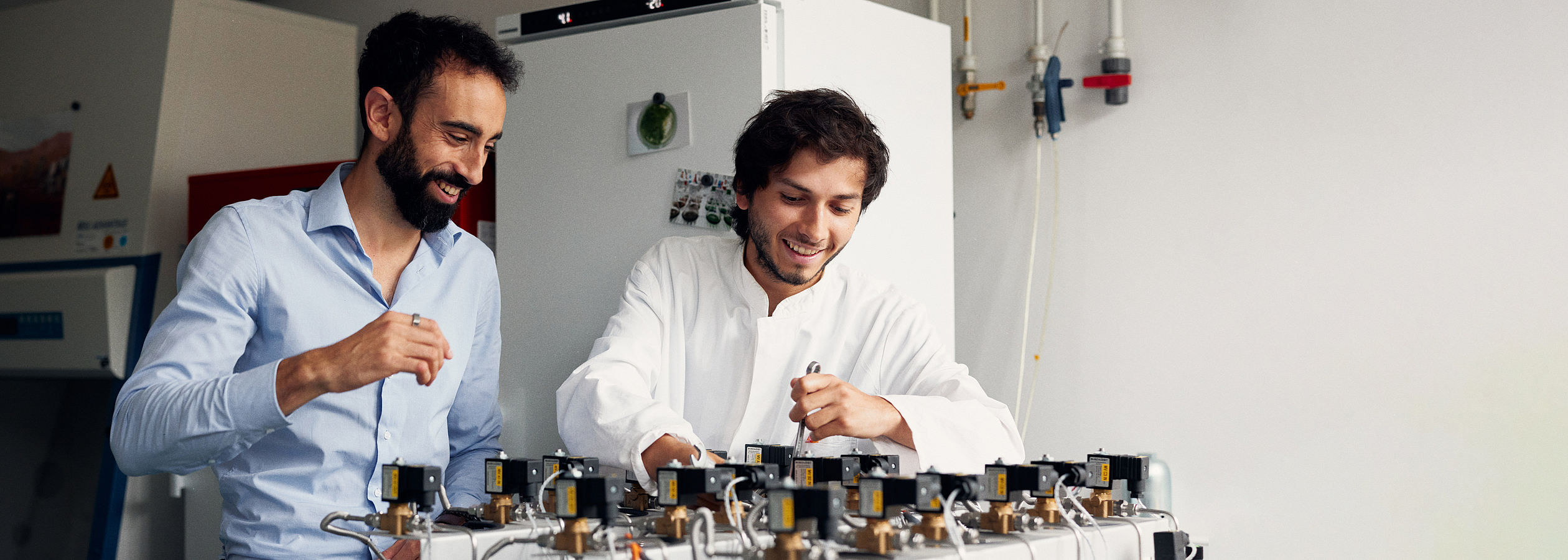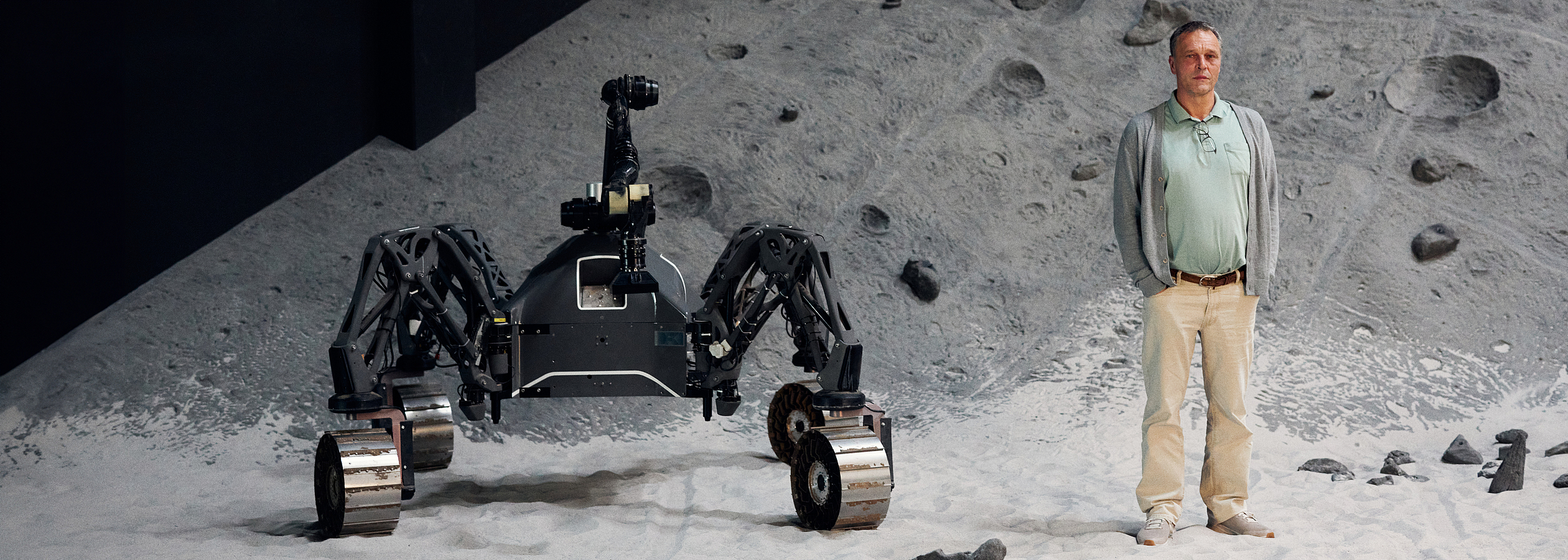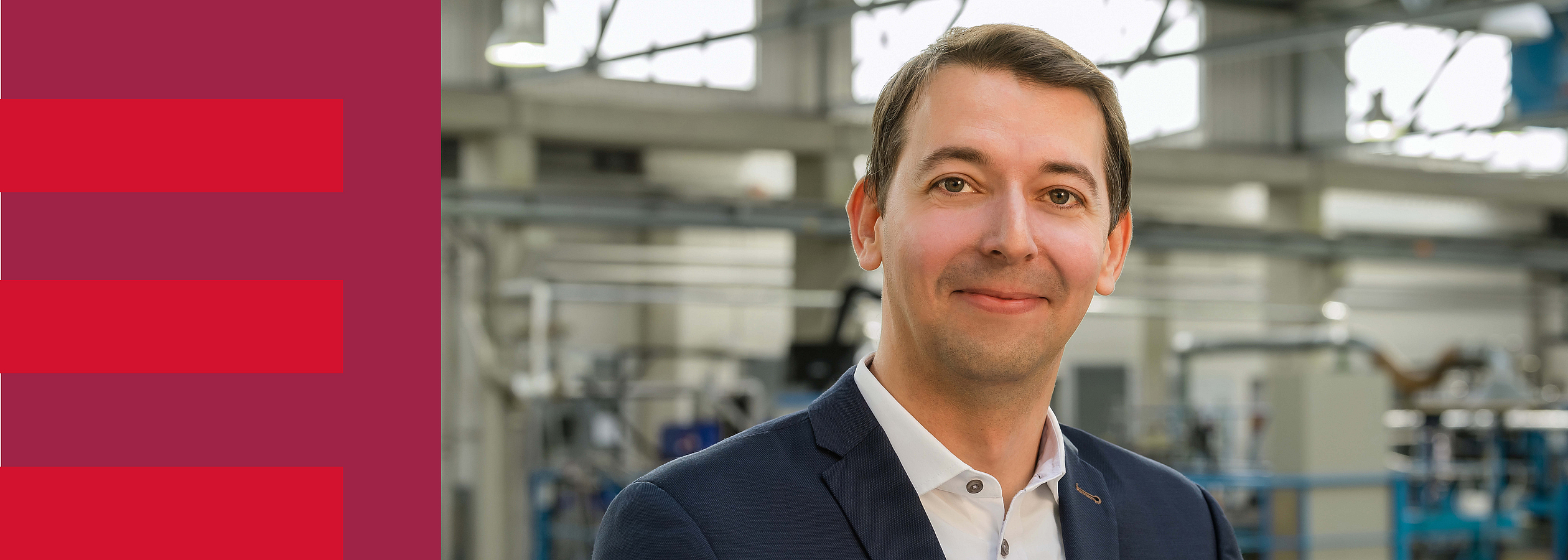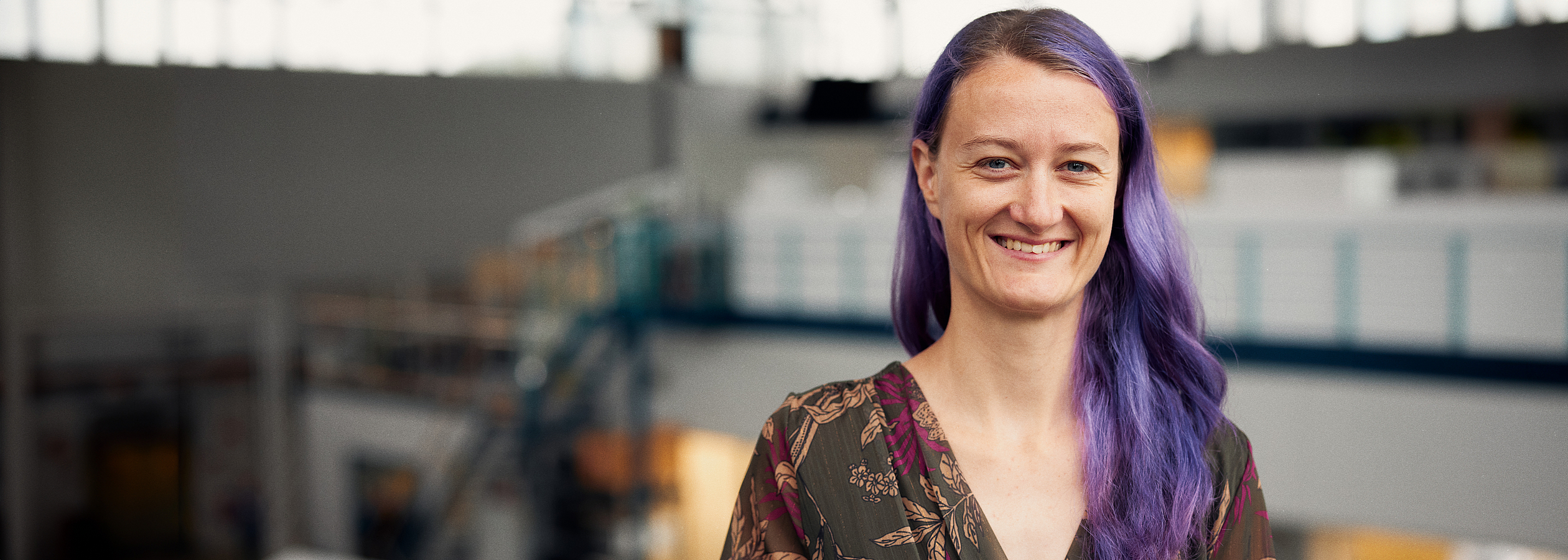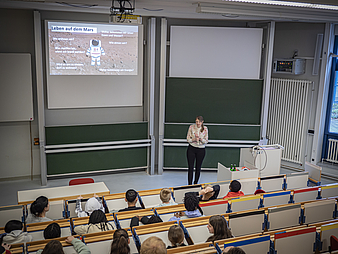
Humans on Mars Initiative
Humans on Mars
We investigate pathways toward a sustainable human exploration of Mars in seven projects funded by the State of Bremen. The projects focus on human factors, such as the interactions and communication between humans and human-machine mixed teams, on habitats and life support systems, and on the responsible extraction of local resources for the in-situ production of consumables and spare parts.
moreNews and activities

© ZARM, Universität Bremen
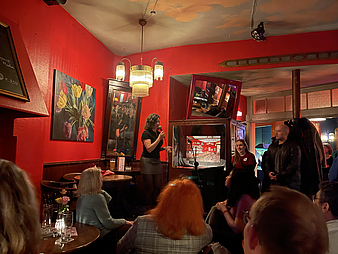
© Science goes Public
What do Astronauts Breathe?

© Patrick Pollmeier, Universität Bremen
“Interdisciplinary Approaches Are Our Hallmark”
Publication highlights

© 2025, The Authors, licensed under CC BY-NC-ND 4.0
MAPEX Research Highlights|
Anaerobic digestion of cyanobacterial biomass for plant fertilizer production on Mars

© 2025 The Authors. Published by American Chemical Society
MAPEX Research Highlights|
Impact of Gas Bubble Evolution Dynamics on Electrochemical Reaction Overpotentials in Water Electrolyser Systems

© Joris Wegner, Universität Bremen

